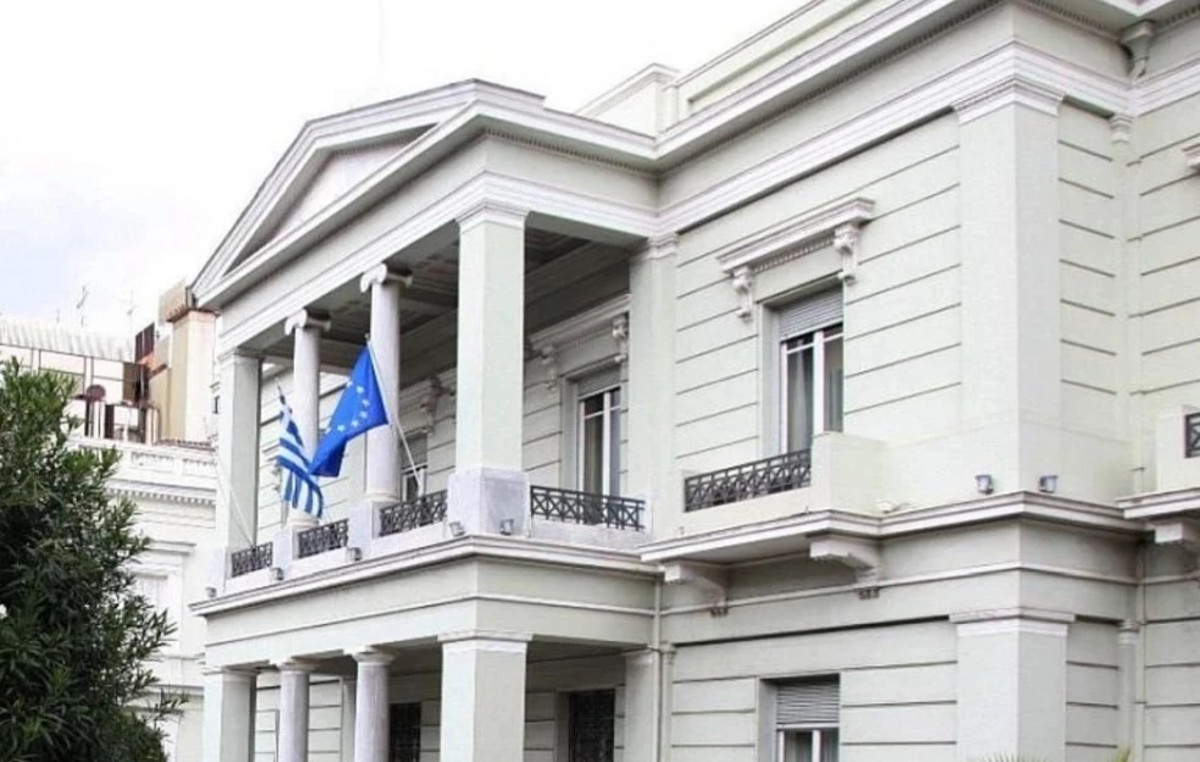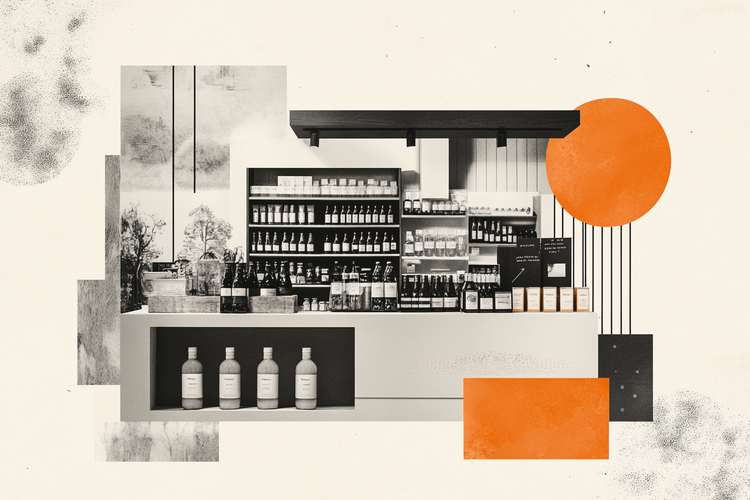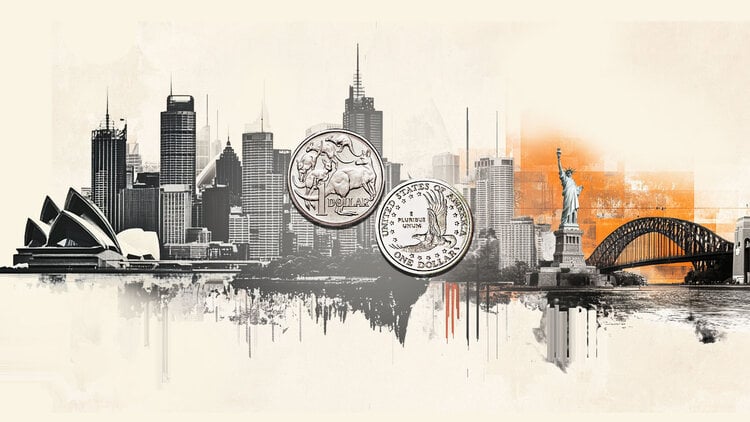The average income of white and yellow workers, in the second quarter of this year, was 68.7% higher than that of black and brown workers – R$3,533 against R$2,095, respectively. The data are from a survey released by the Brazilian Institute of Economics of the Getúlio Vargas Foundation (FGV Ibre).
The survey is based on microdata from the last Continuous National Household Sample Survey released by the Brazilian Institute of Geography and Statistics (IBGE).
According to the study coordinated by economist Janaína Feijó, even after “managing to overcome socioeconomic barriers to get a job, the black/brown population tends to concentrate in jobs that pay poorly”.
Of the 99.3 million workers employed in the Brazilian labor market, the FGV Ibre survey points out that 66 million of them earn up to two minimum wages. Of these, 40.4 million, that is, 61.3%, are black.
Inequality is repeated in informal work. According to the survey, of the 39.1 million informal workers in the country, 61.3% are black and brown (about 24 million). Between July and September of this year, the income of self-declared blacks was R$1,289, while that of whites and yellows, R$2,238.
In the third quarter of 2022, the informality rate among blacks (44.5%) continued to be higher than that of yellow and brown people – 33.3%. The number of informal black and brown people even grew in the last year, rising from 23.1 million in the third quarter of 2021 to 24 million in the same period of 2022, the second highest level since 2016.
The states that concentrate the highest rates of informality among blacks and browns are in the North and Northeast. In Pará, for example, out of every ten black workers, 6.3 are in the informal sector, while in Santa Catarina, this proportion is 2.6.
“Research shows that blacks, as they are allocated mostly in informal jobs, tend to depend a lot on the performance of the economy and are the first affected when something does not go well, as happened in the pandemic,” Janaína Feijó told CNN.
Blacks are also the majority among the discouraged – those who do not look for a job because they have no hope of finding one. The number of this population fell 27% in the country in one year, from 4,690,698, in the third quarter of 2021, to 4,258,257 in the same period of 2022. However, 72.7% (3.1%) are black and pardos.
“This shows the lack of perspective of these individuals in terms of their social and economic conditions”, highlights the researcher.
Janaína Feijó evaluates that the result of the research shows that, despite the improvement in the labor market, since the number of unemployed people went from 13.5 million to 9.5 million in 12 months, the look at racial inequality shows that a problem persists.
The unemployment rate among blacks and browns even dropped more between the third quarter of 2021 and 2022 – 4.3 pp, going from 14.5% to 10.2% – than between whites and yellows – with a drop of 3.5 pp, from 10.3% to 6.8%. However, more than 6.1 million unemployed people are black, that is, 64.9% of the unemployed population.
“There is a question of socioeconomic conditions. Most blacks and browns had a low educational quality. There is also the difficulty of accessing information, of knowing how to qualify, how to get good opportunities. And there is the issue related to prejudice, which we were unable to measure, but it also interferes”, evaluates Janaína Feijó.
Source: CNN Brasil
A journalist with over 7 years of experience in the news industry, currently working at World Stock Market as an author for the Entertainment section and also contributing to the Economics or finance section on a part-time basis. Has a passion for Entertainment and fashion topics, and has put in a lot of research and effort to provide accurate information to readers.







